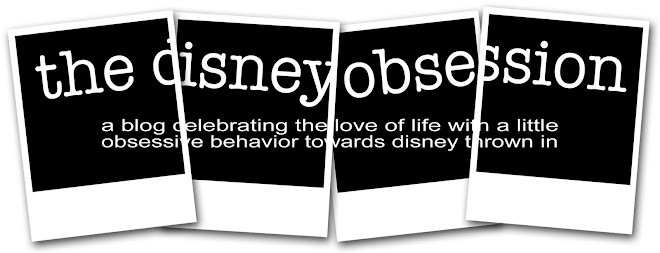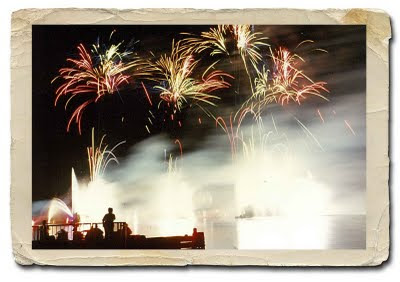There are certain things that have become Christmas tradition at Doc's house. One is that we'll watch National Lampoon's Christmas Vacation on Christmas Eve. Sometime during the day, along with wrapping presents, I'll listen to The Beatles Third Christmas Album. On the album, John sings, "Christmas comes but once a year, but when it does it brings good cheer, because we've got the hmm-mm-mm-aam for Christmas."
I love Christmas! It reinforces my families understanding that I truly am a child stuck inside an adults body. So, what is Doc hoping to see under the tree? Here are just a few hopes and dreams: Mickey Mouse by Pierre Lambert, Walt Disney Animation Studios The Archive Series: Story, Walt Disney Animation Studios The Archive Series: Animation, To Infinity and Beyond!: The Story of Pixar Animation Studios, The Art of Pixar Short Films by John Lasseter, The Pixar Treasures by Tim Hauser, The Art of Cars by Suzanne and Michael Wallis, and The Art of Ratatouille by Karen Paik.
There are also a few vintage toy request thrown in for good measure. But the real delight of the annual exchange, is discovering what my family comes up with that is not on any list. These are the one-of-a-kind items, the personal home-made gifts, the things I would-not-have-thought-to-ask-for-but-immediately-come-to-love items. There have been some real treats and treasures that have found a home in Doc's and Mrs. Doc's home.

So much for the self indulgent side.
The real joy comes from watching my grandchildren. There will be five of them, six including my youngest nephew, going at it at once and the excitement and volume level will be through the roof. And that is good. My youngest, Jackson (Jack-Jack), is now three and should be fully engaged in the festivities. There are few things that can compare to the wide eyes, the broad smiles, the squeals of laughter and the constant exclamation of "look what I got!" And that too is good.
This is an exciting time; a time filled with much anticipation. It is time to share, to be with family and to strengthen the bonds that hold us together. Amidst the chaos, there is much peace. There is peace in knowing that we are without cares for a day. There is much warmth in knowing we are with the ones who love us most, celebrating the birth of the One who loves us all. Books are great. The toys are fine. But it this, it is being with my family that I love most about this time of year.












 Flight of the Bumblebee is from Rimsky-Korsakov (1844-1908) 1900 opera, Tale of the Tsar Sultan. It appears in Act III of the opera. Like the Symphony No. 5, it is also written in two four time but uses a nearly continuous stream of sixteenth notes and instead of plodding along at a steady pace, it is rendered at an extremely rapid pace. The piece appears as an interlude in which the Swan-Bird magically transforms the Tsar’s son into an insect (a bumblebee) giving him the ability to fly so that he may visit his father. A lyric, sang by the Swan-Bird, accompany the interlude:
Flight of the Bumblebee is from Rimsky-Korsakov (1844-1908) 1900 opera, Tale of the Tsar Sultan. It appears in Act III of the opera. Like the Symphony No. 5, it is also written in two four time but uses a nearly continuous stream of sixteenth notes and instead of plodding along at a steady pace, it is rendered at an extremely rapid pace. The piece appears as an interlude in which the Swan-Bird magically transforms the Tsar’s son into an insect (a bumblebee) giving him the ability to fly so that he may visit his father. A lyric, sang by the Swan-Bird, accompany the interlude: The Finale begins with a fanfare of trumpets signaling the beginning of a cavalry charge and is joined by full orchestra. This “charge” being presented in the Overture is a glimpse into Act IV of the opera where a rebel Swiss army, led by Tell, arrives and fights the battle that leads to the liberation of Switzerland.
The Finale begins with a fanfare of trumpets signaling the beginning of a cavalry charge and is joined by full orchestra. This “charge” being presented in the Overture is a glimpse into Act IV of the opera where a rebel Swiss army, led by Tell, arrives and fights the battle that leads to the liberation of Switzerland.




